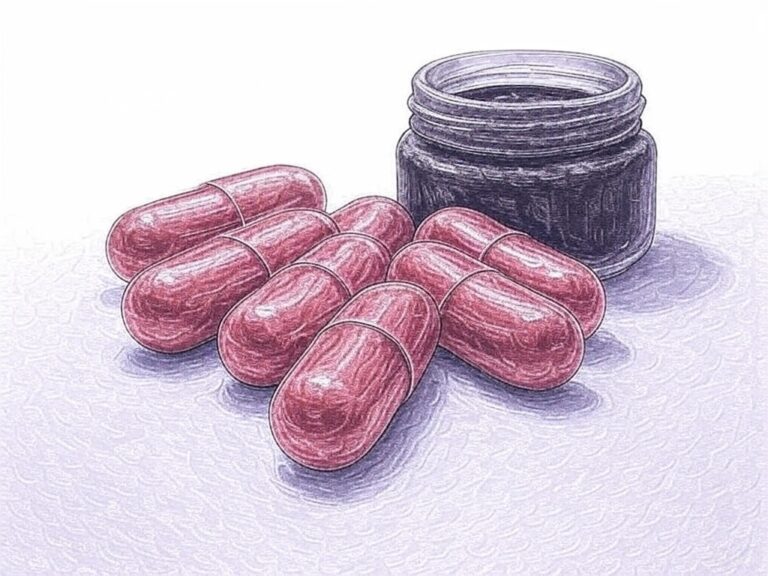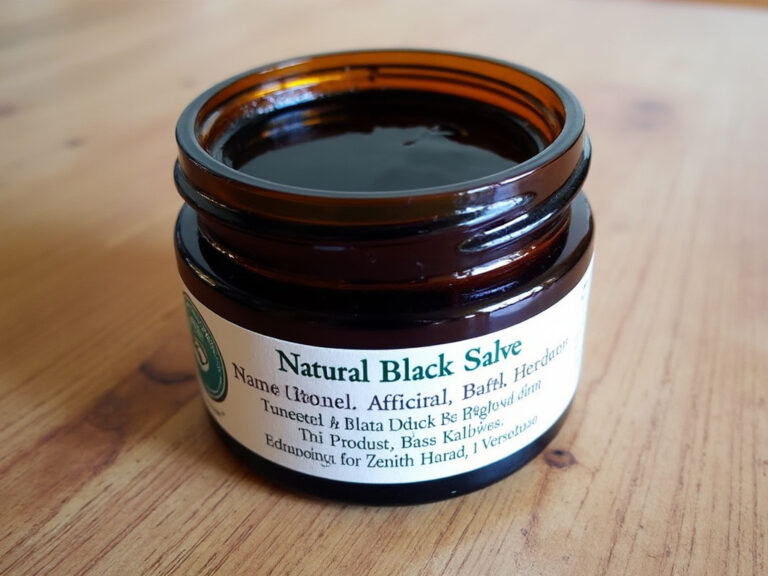
Human Papillomavirus (HPV) is among the most prevalent sexually transmitted infections worldwide. Certain strains of this virus are associated with conditions like genital warts and even various cancers. Over time, numerous treatments have been explored to manage HPV-related conditions. One such controversial method is escharotic treatment. In this article, we’ll delve deeper into escharotics and their potential application in treating HPV.
Understanding HPV
HPV is a diverse group encompassing over 200 related viruses. Each strain is identified by a specific number. While some strains cause warts on the hands or feet, others can lead to genital warts or even cancers like cervical cancer.
What are Escharotics?
Escharotics are topical agents, frequently derived from natural sources, known for their tissue-destroying properties that subsequently lead to the formation of an eschar or scab. Historically, these agents have been used to treat a range of skin conditions, including warts, moles, and even certain tumours.
Escharotic Treatment for HPV
The primary rationale behind using escharotics for HPV, especially genital warts, lies in their capability to destroy wart tissue. As the damaged tissue sheds off, the area ideally heals wart-free. Traditional escharotic preparations for warts often incorporate ingredients like bloodroot (Sanguinaria canadensis) and zinc chloride.
Pros and Cons of Escharotic Treatment for HPV
Pros:
- Natural Origins: Escharotics often contain natural ingredients, making them appealing to those who prefer holistic treatments.
- Historical Precedence: These agents have a long-standing history, having been utilized in various traditional medicine practices for several centuries.
Cons:
- Safety Concerns: Escharotics can cause significant skin damage. Their corrosive nature means that, if not applied carefully, they can lead to scars or even exacerbate the underlying issue.
- Efficacy is Unproven: Scientific backing for escharotic treatments, particularly concerning HPV, remains sparse. This lack of evidence raises questions about their overall effectiveness.
- Incomplete Removal Possibility: If the escharotic doesn’t entirely eradicate the HPV-infected tissue, there’s a chance for the condition to persist or even recur.
- Potential for Misuse: Given that many escharotic treatments can be procured without prescriptions, there’s a risk for misuse. Incorrect formulation or application can lead to severe complications.
Alternative Treatments for HPV
Given the potential risks associated with escharotic treatments, many medical professionals advise other proven methods to address HPV-related conditions:
- Cryotherapy: This involves freezing off warts using liquid nitrogen.
- Laser Treatment: Lasers can be used to burn away warts effectively.
- Electrocautery: Here, an electric current is employed to burn away the wart tissue.
- Topical Medications: There are FDA-approved creams like imiquimod and podofilox, specifically designed to treat genital warts.
The Verdict
While escharotic treatments might be seen as a natural remedy for HPV-related conditions, their potential risks combined with a lack of comprehensive scientific evidence make them a less preferred choice compared to other established treatments. Individuals should always consult with a healthcare professional when considering treatments for HPV or any associated conditions.
Resources:
- Centers for Disease Control and Prevention (CDC) – HPV Section: The CDC provides extensive information on HPV, its prevention, and treatment.
- World Health Organization (WHO) – HPV and Cervical Cancer: WHO provides resources on HPV’s link to cervical cancer and its global impact.
- National Cancer Institute (NCI): The NCI offers a comprehensive overview of various treatments for different cancers, including those caused by HPV.



